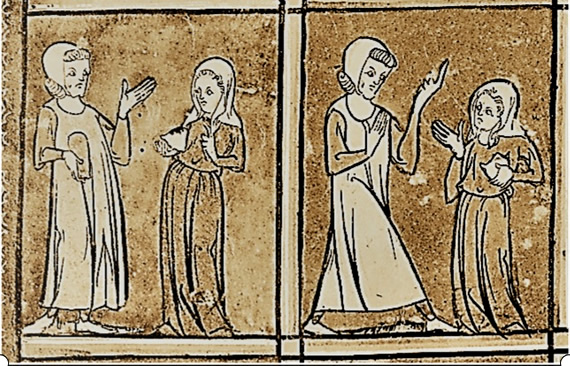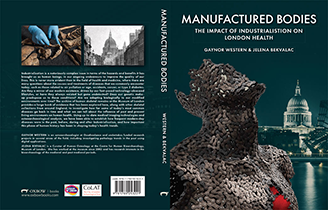Cancer
Cancer Research currently estimate that one in two of us will get cancer; in our post-industrial era, it’s a major health concern, with 28% of all deaths being caused by cancer.
Cancer is also the second most common cause of death in London and is the primary reason for premature death in the City, with 30,000 Londoners being diagnosed with cancer in 2014, according to the Cancer Commissioning Strategy for London put together by the NHS.
So what is causing this rise in cancer cases and what are the key factors? Can studying cancer in the past before and during industrialisation help us to understand why we have so many cases now and point to possible ways of reducing cases? Was it as prevalent in the past as it is now? As Kathryn Hunt explains, perhaps if we can identify patterns of disease in the past, we can start to address the affects of cancer on our bodies in the future.
Paleo-oncology: The History of Cancer, TED video on YouTube
Cancer in the past
Today cancer is detected using sophisticated medical imaging and a range of blood and biopsy tests. This wasn’t available to medical practitioners in the past, yet when we look at historic documents, it is clear that they were diagnosing cases of cancer hundreds, if not thousands, of years ago. Some of the earliest references to cancer come from the writings of Hippocrates (460-370BC) , Celsus (C.25BC-AD50) and Galen (AD129-c.210). Medieval medical practitioners in Britain based their methods on these texts but the lack of diagnostic tests such as we have today meant that the term ‘cancer’ was quite widely applied and might have included penetrating abscesses, canker sores and shingles.
As methods and medical knowledge improved, so did cancer identification, though it was still problematic due to tumours only being diagnosed on the outside of the body where they could be seen and palpated (touched). However, by at least the 12th century in Western Europe, the development of distinctive cancerous growths was classified into detailed stages. Some medics even thought that perhaps there were earlier stages occurring within the nerves or blood vessels that could not be detected.
The legalising of human dissection in AD1540 by Henry VIII proved to be pivotal in developing our understanding of cancer. From this point onwards, medical knowledge grew rapidly and London with its teaching hospitals formed a hub for medical learning within England.









